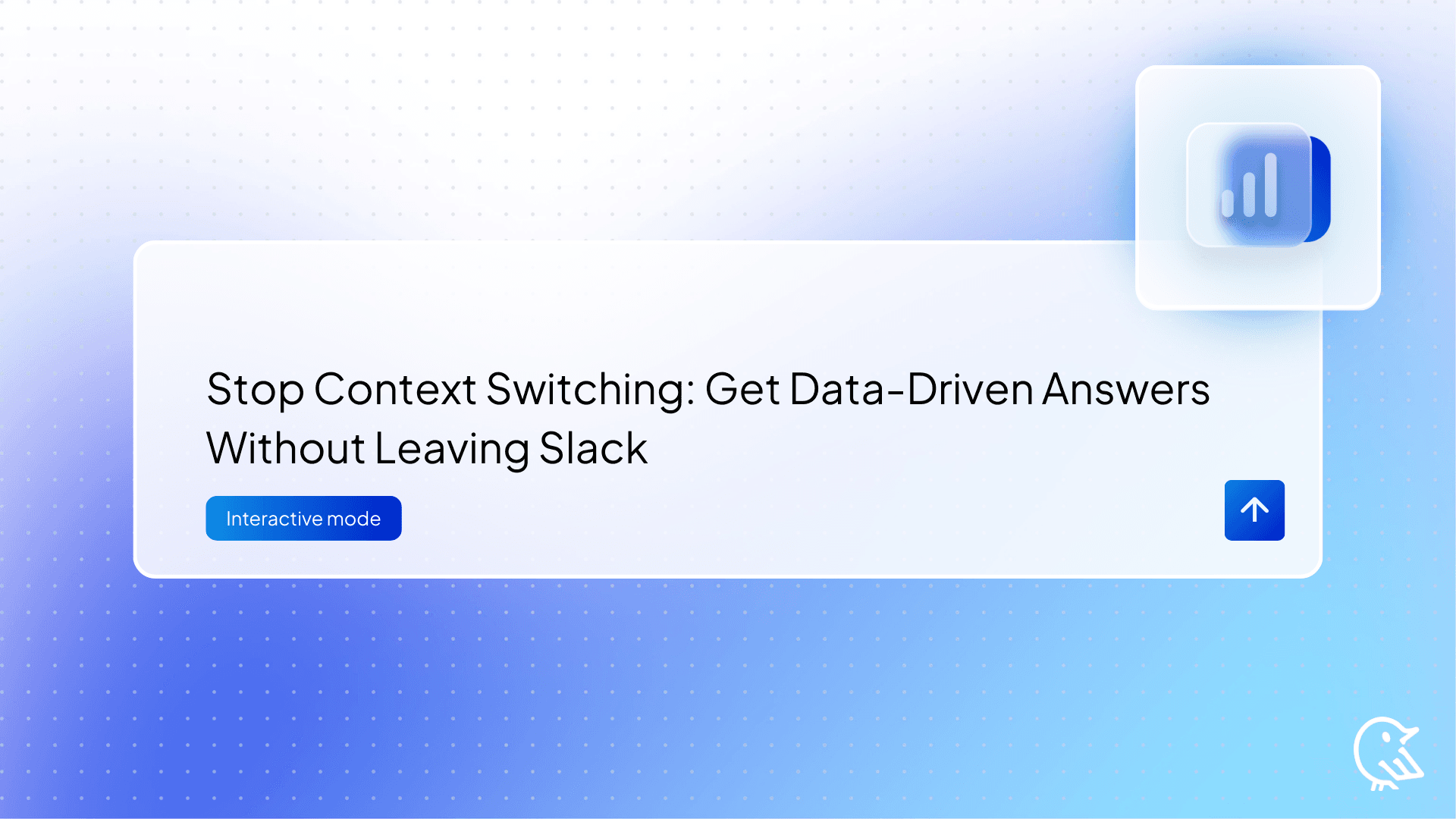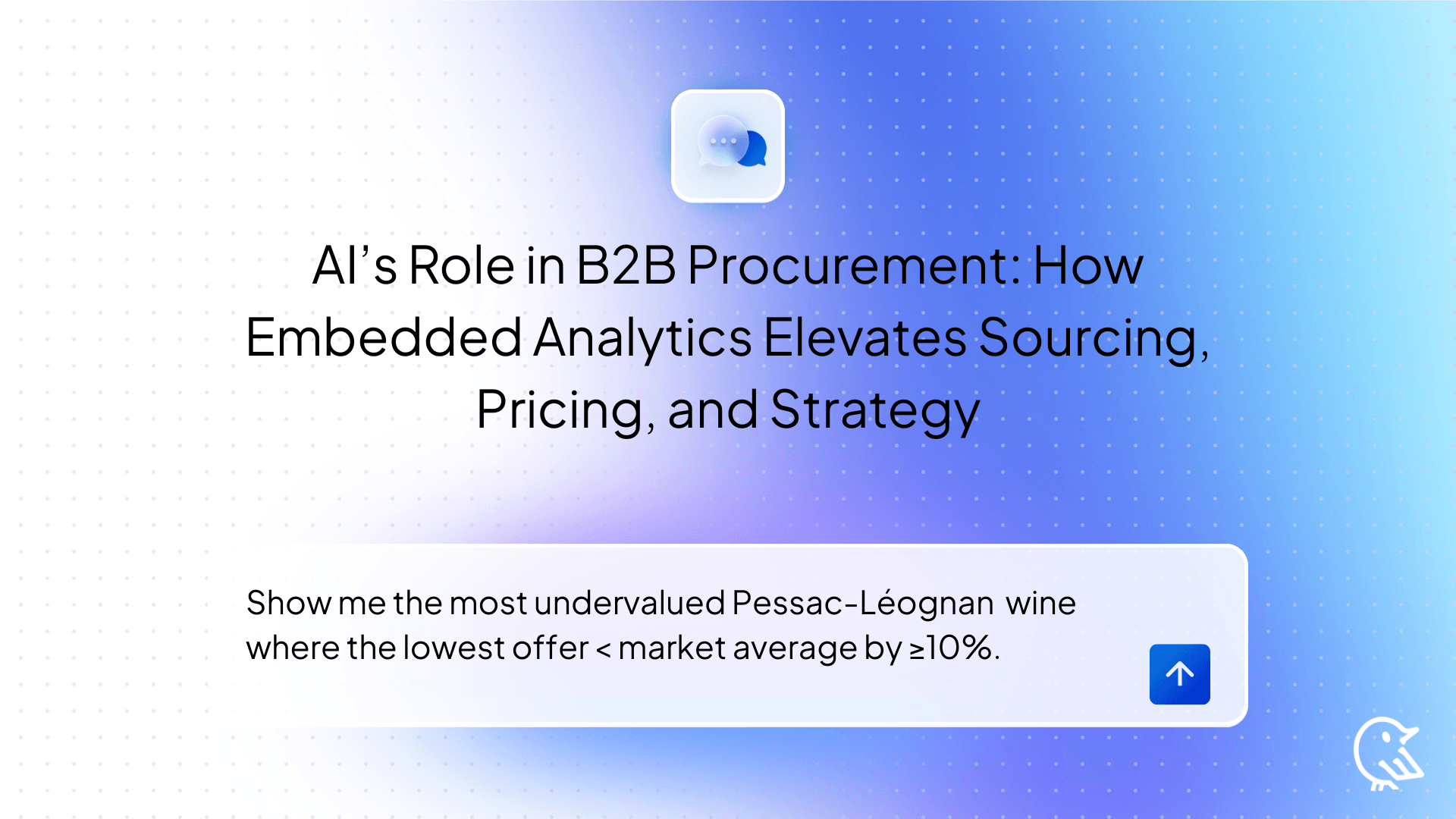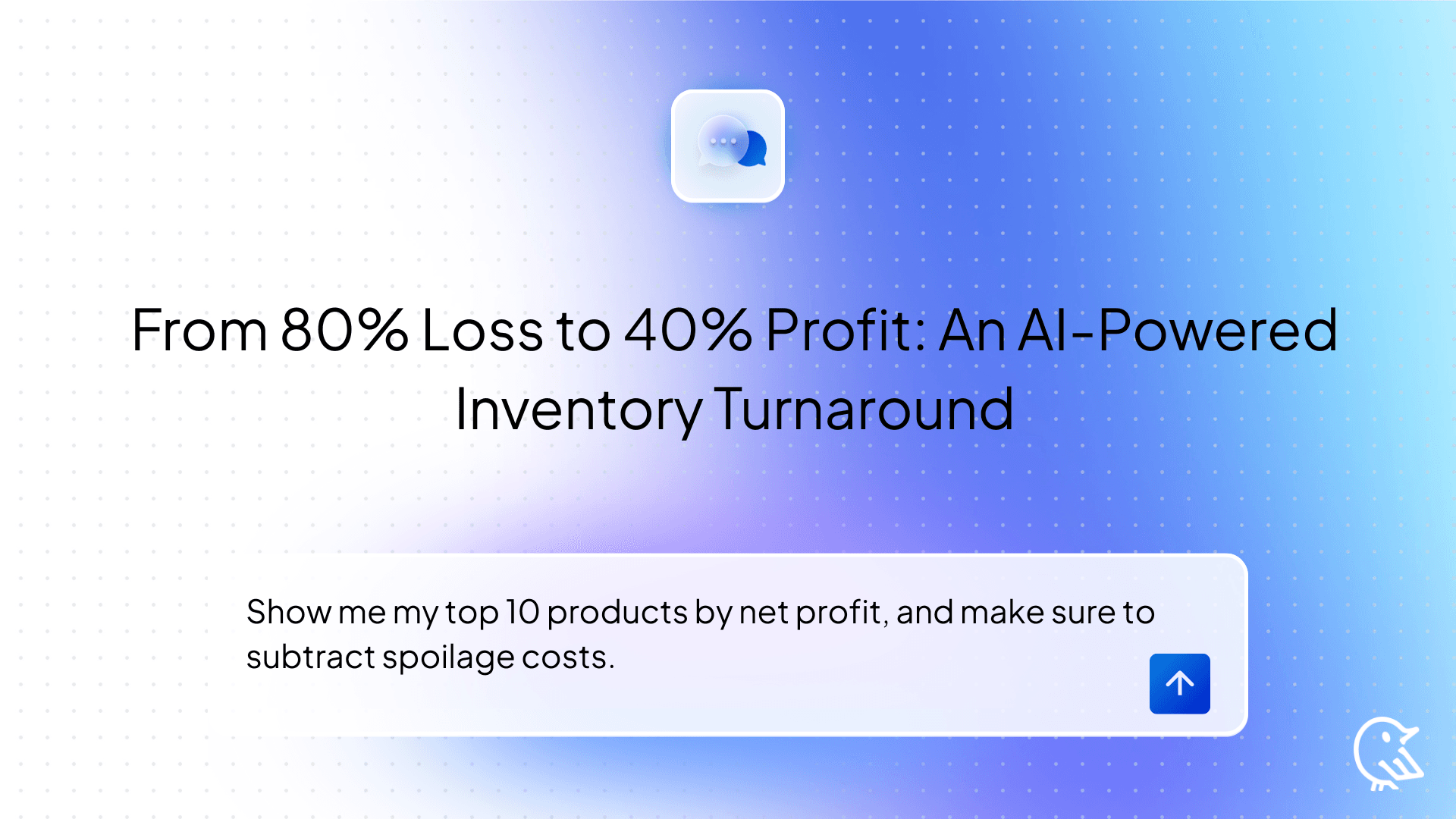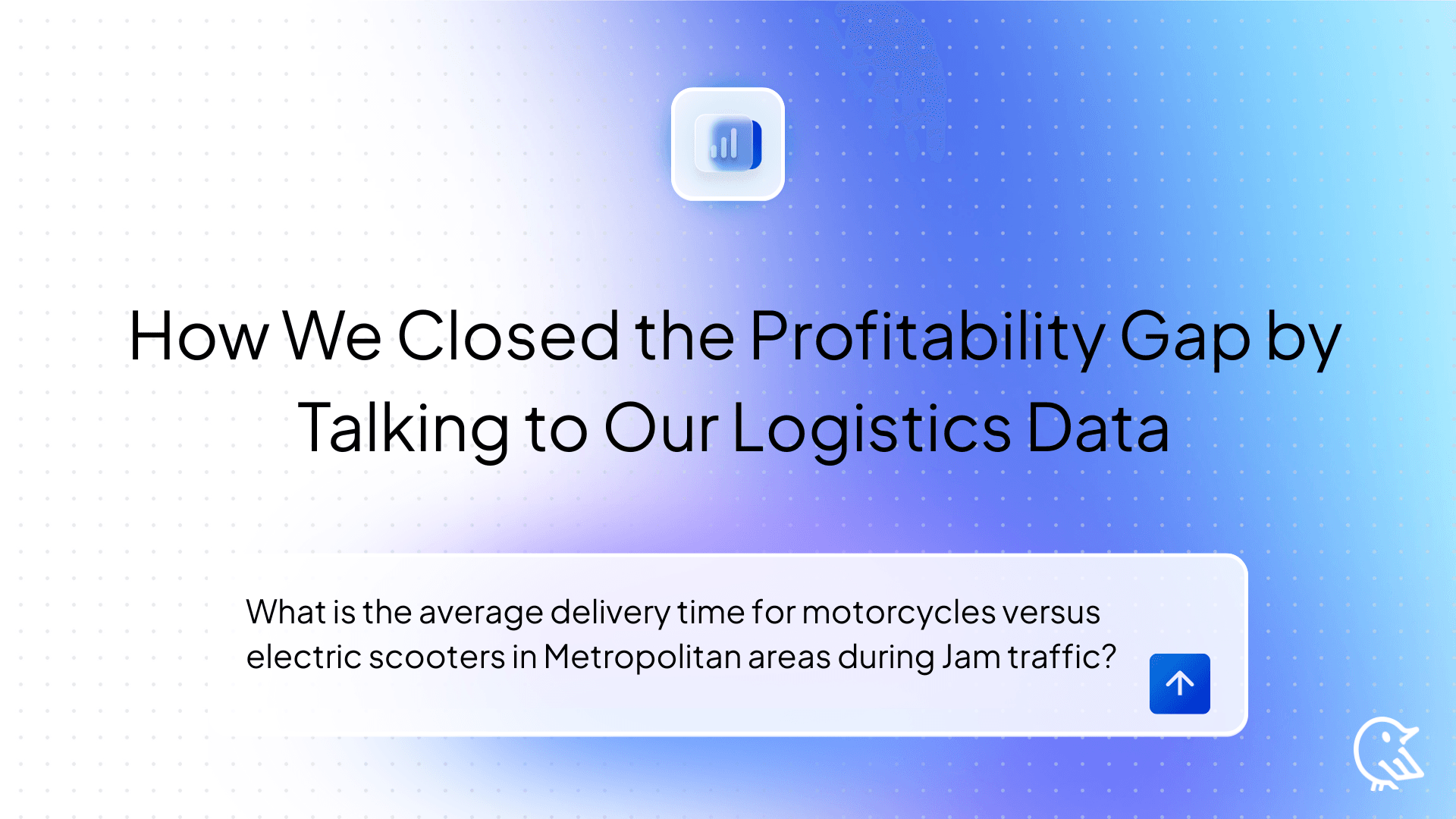The Wren AI Blog
Urgent data requests are inevitable, but Wren AI can bring peace of mind to your team.

Wren AI 2025 Year in Review: From Open Source to Agentic BI in Production
How we grew Wren AI to over 13,000 stars and over 10K users of Wren AI today, expanded query-in-place support across the modern data stack, and laid the foundation for agentic, semantic-driven analytics.
All Posts

Wren AI 2025 Year in Review: From Open Source to Agentic BI in Production
How we grew Wren AI to over 13,000 stars and over 10K users of Wren AI today, expanded query-in-place support across the modern data stack, and laid the foundation for agentic, semantic-driven analytics.

Stop Context Switching: Get Data-Driven Answers Without Leaving Slack
Stop waiting hours for data insights. The Wren AI Slack Integration embeds Generative Business Intelligence directly into your collaboration workflow. Ask natural language questions in any channel and get instant, accurate, and visual data answers without ever leaving Slack.

Announcing Native Databricks Support in Wren AI
Today, we’re excited to announce that Wren AI now integrates natively with Databricks, making it easier than ever for organizations to turn their lakehouse into a fully conversational analytics platform.

The Analyst's Secret Weapon: How We Can Save a 13K Dollar Leak in Our Supply Chain In 17 Minutes
How Wren AI transformed a passive BI role into a proactive investigation. Using AI rapidly uncovered that poor profit margins were caused by a high-defect supplier and a negative Net Contribution Per Unit for the high-volume Cosmetics line. This led to immediate decisions, including switching a shipping route to save over $13,000.

The End of the Great Centralization: Why the Future of Enterprise Data is Distributed
How GenBI and AI Agents are replacing the costly “Single Source of Truth” model with a decentralized, pipeline-free SQL architecture.

AI's Role in B2B Procurement Platform. How Embedded Analytics Elevates Sourcing, Pricing, and Strategy
Today procurement is crippled by data overload. Wren AI acts as an embedded analytics layer, augmenting existing platforms with APIs and a semantic query layer to help teams source smarter, negotiate faster, and plan with confidence.

From 80% Loss to 40% Profit: An AI-Powered Inventory Turnaround
Your inventory data holds secrets. We dove in with a Generative BI tool like Wren AI to uncover them. In minutes, we found a best-selling product that was actually a profit-killer, pinpointed the true source of our spoilage costs, and turned a money-losing promotion into a strategic tool to convert waste into profit. See the simple questions that unlocked thousands in savings.

How We Closed the Profitability Gap by Talking to Our Logistics Data
Stop guessing. In a game of minutes and margins, the platform that understands its data best will win. Traditional dashboards only show you the problem; they don't give you the solution. See how teams are using conversational AI to move beyond static reports, pinpoint the real bottlenecks, and turn data into immediate, actionable strategy.

Wren AI Launches Native dbt Integration for Governed, AI-Driven Insights
We are excited to announce a major upgrade: Wren AI now fully supports dbt (data build tool)! Wren AI automatically syncs your models, descriptions, and relationships, turning your dbt investment into immediate, accurate GenBI with zero manual effort.
